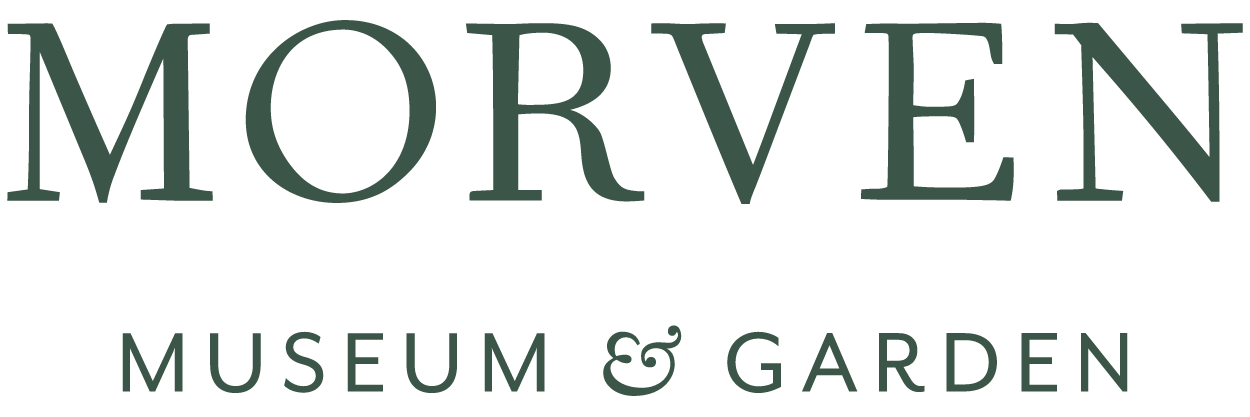More information on “Entering the Digital Age”
To hear more from Laurie Spiegel herself, watch this Q&A session with Morven visitors.
Click here to return to Gallery 5.
Force, Mass and Motion, 1965, an early computer animated film by Frank W. Sinden.
“Technology is a tremendous liberator, it blows up power structures”






















